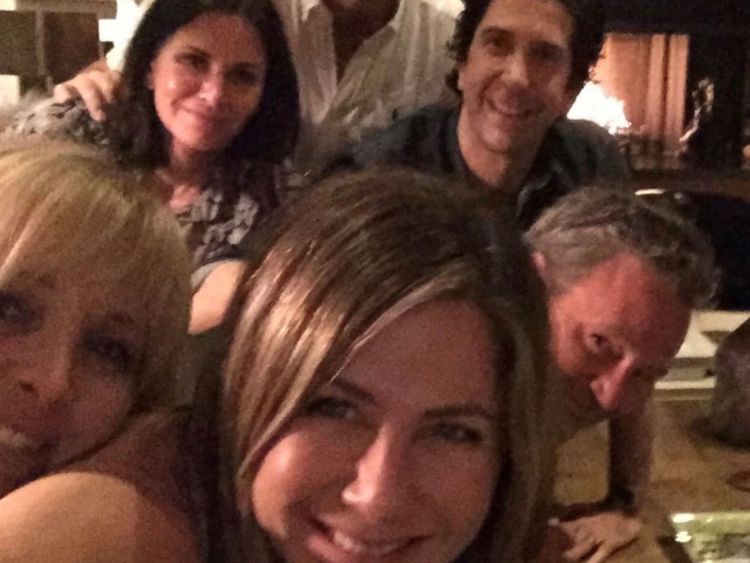▶ BCM310 Emerging Issues in Media & Communication
There are many instances where robots and the Artificial Intelligence (AI) have come into spotlight in the recent news headlines. Now that it is the start of a new decade, you would think that by now the world would be relying on the use of AI and/or robotic technology but this is not the case as there are still some malfunctions and cons about the use of this kind of technology.

Over the years, many different engineers have produced and built different products and things that either are fully functioning as a “robot” or has “robotic” features. The Tesla car is a prime example of a fully functioning device that has robotic features, there is a function in the car that allows users to switch on a fully automated mode where the car moves by itself — autopilot mode. The only thing the user has to do is to sit and relax while the car does all the work, this mode allows the car to control the engine, brakes as well as steer in any direction the user gives to the car (Hogan, 2017).
As convenient and useful as that sounds, it generated a lot of problems. There has been a number of accidents from the Tesla car’s autopilot mode, some even were deaths. Walter Huang — a 38 year old Apple software engineer and game developer — has fallen a victim to these tragic accidents as he unfortunately passed away as well, he was in his Tesla Model X travelling on autopilot mode at 70 miles per hour when it later crashed into a safety barrier and struck into two other vehicles afterwards (Rushe, 2020). He later passed away in the hospital from the severity of his injuries. When this accident happened in 2018, National Transportation Safety Board (NTSB) officials commented that this accident is similar to other accidents that have happened in the past — especially the one that occurred in 2016 in Florida.

Joshua Brown — owner of a Tesla Model S — decided to put his car on autopilot mode while he was on a highway, then leading to the car’s sensors unable to detect an 18-wheeler truck that was crossing the highway thus leading to this man’s death because the car had attempted to drive full speed under the truck (Yadron & Tynan, 2016).
You would think that as the years go by, we would fear robots that are out to kill us and control humanity (Knight & Hao, 2019), but who would have thought that things that already exist and are just modified by us humans are out killing us instead?
References:
- Elder, A. (2017). Friendship, robots, and social media: False friends and second selves (pp. 90-102). Oxfordshire: Taylor and Francis.
- Hogan, M. (2017). These are the 11 coolest features of the Tesla Model S. Retrieved 13 June 2020, from https://www.cnbc.com/2017/11/17/tesla-model-s-best-features.html
- Knight, W., & Hao, K. (2019). Never mind killer robots—here are six real AI dangers to watch out for in 2019. Retrieved 13 June 2020, from https://www.technologyreview.com/2019/01/07/137929/never-mind-killer-robotshere-are-six-real-ai-dangers-to-watch-out-for-in-2019/
- Rushe, D. (2020). Tesla driver who died in ‘autopilot’ crash was playing on phone, inquiry finds. Retrieved 13 June 2020, from https://www.theguardian.com/technology/2020/feb/25/tesla-driver-autopilot-crash
- Yadron, D., & Tynan, D. (2016). Tesla driver dies in first fatal crash while using autopilot mode. Retrieved 13 June 2020, from https://www.theguardian.com/technology/2016/jun/30/tesla-autopilot-death-self-driving-car-elon-musk











